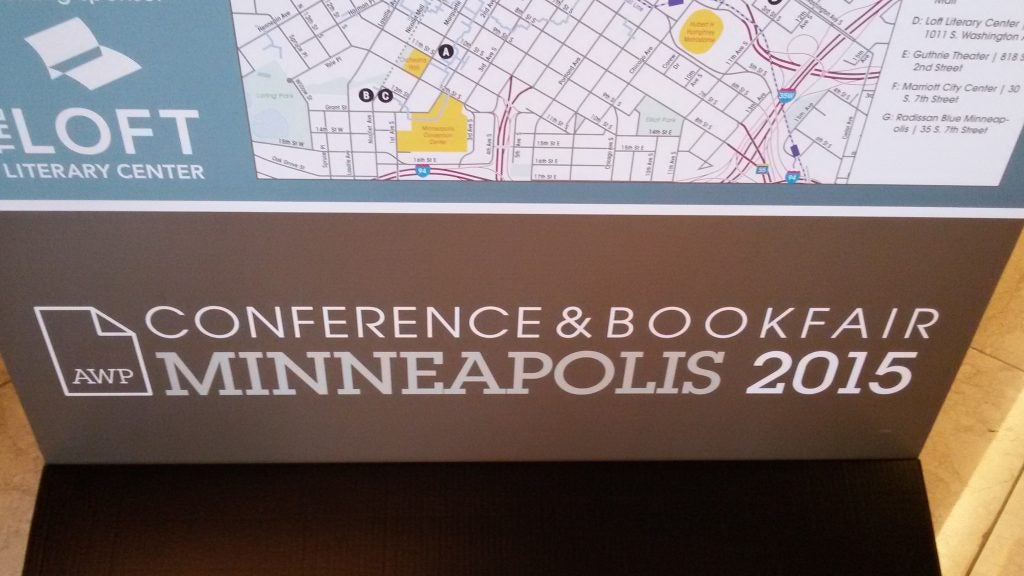Memory in Antonya Nelson’s Short Stories
In Antonya Nelson’s short stories, I find the way time is handled to be intricately connected with how convincing the particular world is that she has created. While I liked many of the stories in her latest collections, Funny Once (2014) and Nothing Right (2009), there are some I enjoyed more than others. This is, perhaps, to be expected, but what stands out to me about the stories I liked best seems to have to do with memory and how it is recreated.
Memory in Antonya Nelson’s Short Stories Read More »
In Antonya Nelson’s short stories, I find the way time is handled to be intricately connected with how convincing the particular world is that she has created. While I liked many of the stories in her latest collections, Funny Once (2014) and Nothing Right (2009), there are some I enjoyed more than others. This is, perhaps, to be expected, but what stands out to me about the stories I liked best seems to have to do with memory and how it is recreated.








